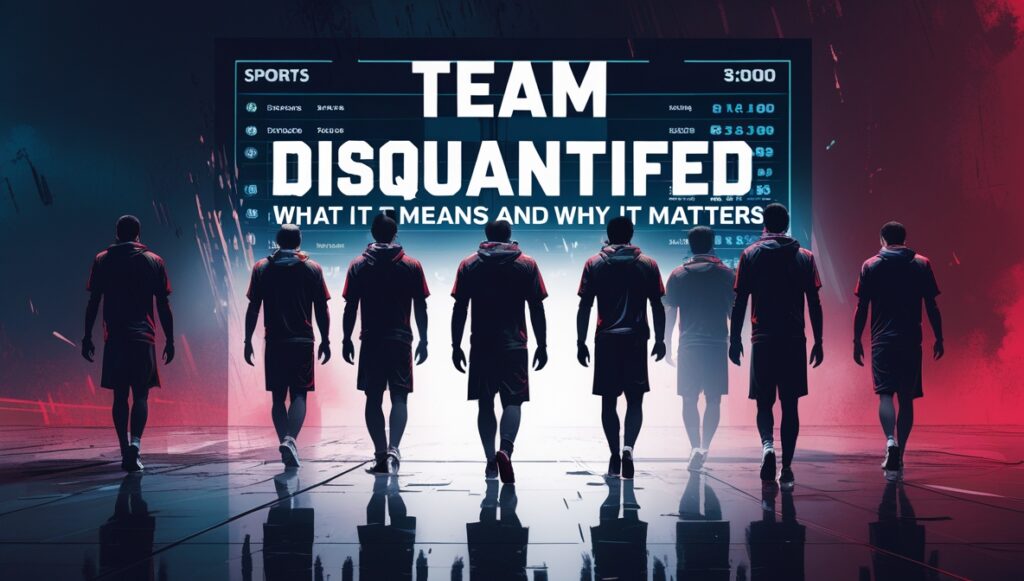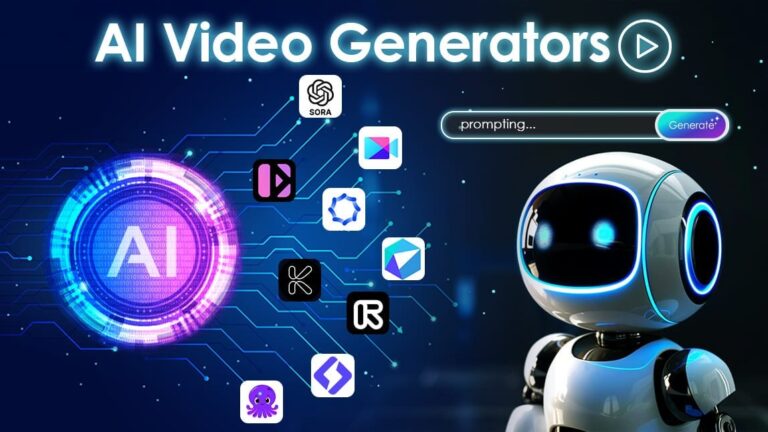
What is Team Disquantified?
The term “team disquantified” refers to a contemporary reimagining of team collaboration that transcends traditional metrics of productivity and performance. This concept is rooted in the acknowledgment that conventional assessments—such as output volume, hours worked, and individual contributions—fail to capture the complexities and dynamics of modern teamwork. Team disquantified emphasizes the qualitative aspects of collaboration, fostering environments where creativity, communication, and innovation are paramount.
Originating from the growing need for adaptive organizational structures, team disquantified contrasts sharply with traditional paradigms that emphasize rigid hierarchies and quantifiable outputs. In this context, organizations recognize that effective teamwork often occurs beyond conventional frameworks, allowing for varied interactions and relationships to flourish. By removing the numerical constraints usually associated with team performance, companies can encourage diverse forms of collaboration that better address changing workplace needs.
Examples of team disquantified in action can be seen in agile project teams, cross-functional collaboration initiatives, and innovation labs, where members are encouraged to engage organically without being hindered by outdated metrics. Such environments allow individuals to contribute based on their strengths, expertise, and insights, creating a culture of co-creation rather than simple task completion. Additionally, the rise of remote and hybrid work arrangements has further propelled the disquantification trend, as team members must adapt to new forms of communication and collaboration that are less reliant on conventional oversight.
Ultimately, embracing the principles of team disquantified provides organizations with a pathway to redefine effectiveness in the modern workspace. By focusing on collaborative value and interpersonal dynamics, companies can cultivate a workforce that thrives on innovation and adaptability, leading to greater success in achieving their mission and objectives.
The Impact of Team Disquantified on Workplace Culture
The concept of team disquantified significantly influences workplace culture by reshaping how employees interact and collaborate. Unlike traditional team structures, disquantified teams prioritize flexible collaboration and dynamic interactions that often transcend departmental boundaries. This flexibility fosters not only creativity but also innovation, as it encourages diverse perspectives to come together to solve complex problems. Such collaborative creativity is a crucial asset in today’s fast-paced business environment, where adaptability and novel solutions are pivotal for success.
Another benefit of disquantified teams is the promotion of a culture built on trust and open communication. In these settings, team members are empowered to voice their ideas freely without the constraints typically associated with hierarchical organizations. This democratization of input helps cultivate an environment where shared goals are paramount, leading to greater alignment and collective effort towards achieving common objectives. Moreover, trust and mutual respect form the bedrock of effective disquantified teams, as individuals must rely on one another to fulfill their roles in an ever-evolving landscape.
However, the shift towards team disquantified is not without its challenges. Organizations may encounter difficulties in maintaining clarity around individual responsibilities and accountability when traditional roles diminish. Additionally, the absence of a fixed framework can lead to ambiguity, which may hinder decision-making processes. It is essential for organizations to implement clear, transparent communication strategies to navigate these challenges effectively. Providing team members with the necessary guidance and tools to thrive in this fluid environment is crucial for maximizing the benefits of disquantified teams.
In conclusion, the adoption of team disquantified can significantly enhance workplace culture by fostering creativity and flexibility. By nurturing trust, communication, and shared goals, organizations can create an environment where disquantified teams can flourish and drive sustained success.
Strategies for Implementing Team Disquantified Practices
Organizations aiming to implement team disquantified practices must first focus on redefining team roles. Traditional hierarchies often hinder collaboration; thus, adopting a more flexible role structure can enhance openness. Empowering team members to take on multiple roles ensures that tasks are assigned based on expertise rather than title, allowing for a more fluid working environment. This transition not only bolsters individual accountability but also nurtures a culture of mutual respect and collaboration.
Another crucial strategy is improving communication methods. Organizations should encourage channels that facilitate ongoing dialogue, enabling team members to share ideas and feedback in real-time. Utilizing collaborative tools such as instant messaging platforms, video conferencing applications, and project management software can significantly enhance inter-team communication. Regular check-ins and brainstorming sessions create an environment where team members feel valued and motivated, fostering innovation and idea sharing.
To fully embrace a disquantified approach, it is essential to adopt technology that supports enhanced collaboration. Tools designed specifically for remote teamwork should be prioritized to ensure that all members, regardless of their physical location, can contribute effectively. Features like document sharing, task tracking, and analytics can help teams maintain transparency and accountability. Investing in robust technology not only streamlines workflow but also supports real-time collaboration, making it easier for teams to pivot and respond to challenges swiftly.
Moreover, fostering an open and empowering environment is vital to the success of team disquantification. Encouraging feedback and actively soliciting input from all members ensures that everyone feels included and valued. Case studies of organizations demonstrate that those which advocate for employee empowerment often experience greater efficiency and creativity. By providing training and resources, organizations can facilitate this transition smoothly, illustrating best practices that work for their unique contexts.
The Future of Team Disquantified in the Workforce
The concept of team disquantified is poised to reshape the future of the workplace as organizations increasingly adapt to evolving workforce trends. With the rise of remote work and flexible job structures, traditional notions of team collaboration are being challenged. This transformation suggests that companies need to develop strategies that integrate the principles of team disquantified into their long-term planning. By doing so, organizations can enhance flexibility, foster innovation, and ultimately improve employee satisfaction and retention rates.
Experts predict that the shift towards disquantified teams will result in a more holistic approach to collaboration. As workplaces become more decentralized, ensuring clear communication and engagement becomes critical. Companies can leverage technologies such as artificial intelligence and collaborative platforms to create an environment where the contributions of each team member are recognized and valued, regardless of their physical location. This notion aligns well with the disquantified team framework, which emphasizes equitable participation and the breaking down of conventional hierarchy.
Moreover, emerging methodologies, including agile project management and design thinking, are expected to play a vital role in supporting disquantified teams. These strategies prioritize adaptability, emphasizing rapid learning and iterative processes, which are crucial in a landscape that changes at an unprecedented pace. Organizations that embrace such approaches will not only remain competitive but also cultivate a culture that resonates with a workforce increasingly seeking meaningful and flexible work experiences.
In conclusion, as we look toward the future of team disquantified, businesses must be proactive in redefining their collaboration models. Embracing this concept could lead to improvements in employee satisfaction, retention, and overall workplace efficiency, ultimately setting the foundation for sustainable success in an ever-evolving work environment.






